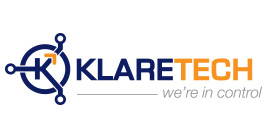Automation PC910
Intel has reduced the size of the chip to an impressive 22 nanometers. A new micro architecture with the graphics unit integrated directly in the CPU provides a considerable leap in performance compared to the 2nd generation Core i-series, not to mention compared to the Core2 Duo. Core i3, Core i5 and Core i7 CPUs with up to four cores represent the maximum performance currently available on the industrial PC market.
High-performance
The rest of the PC infrastructure has also been streamlined for maximum computing performance and optimal data throughput. The Automation PC 910 now has a serial ATA-based CFast card in place of the previously used CompactFlash. CFast cards combine the form factor of a CompactFlash card with the fast SATA interface. The CFast cards retain all the advantages of CompactFlash, such as its extreme robustness.
Multi-core
Since introduction of the Core Duo processors, the multi-core approach has been the foundation for continued development of CPU technology. Once single-core processors reached their physical limits, it was no longer possible to increase performance without considerably increasing power consumption. Multi-core technology resolved this conflict of interest, allowing greater performance to come hand-in-hand with more efficient use of energy. The 3rd generation Core i-series used in the Automation PC 910 includes a rich selection of high-performance dual-core and quad-core processors. This includes several low-power versions that allow the Automation PC 910 to be operated fan-free, even with a Core i7.
Hypervisor and virtualization
Hypervisor technology allows multiple operating systems to run on a single multi-core processor. It's even possible to combine standard operating systems such as Windows and Linux with real-time operating systems. The hypervisor is a layer of software separating the PC hardware from the operating systems, which run concurrently and independently of one another.
view our catalog here: catalog



